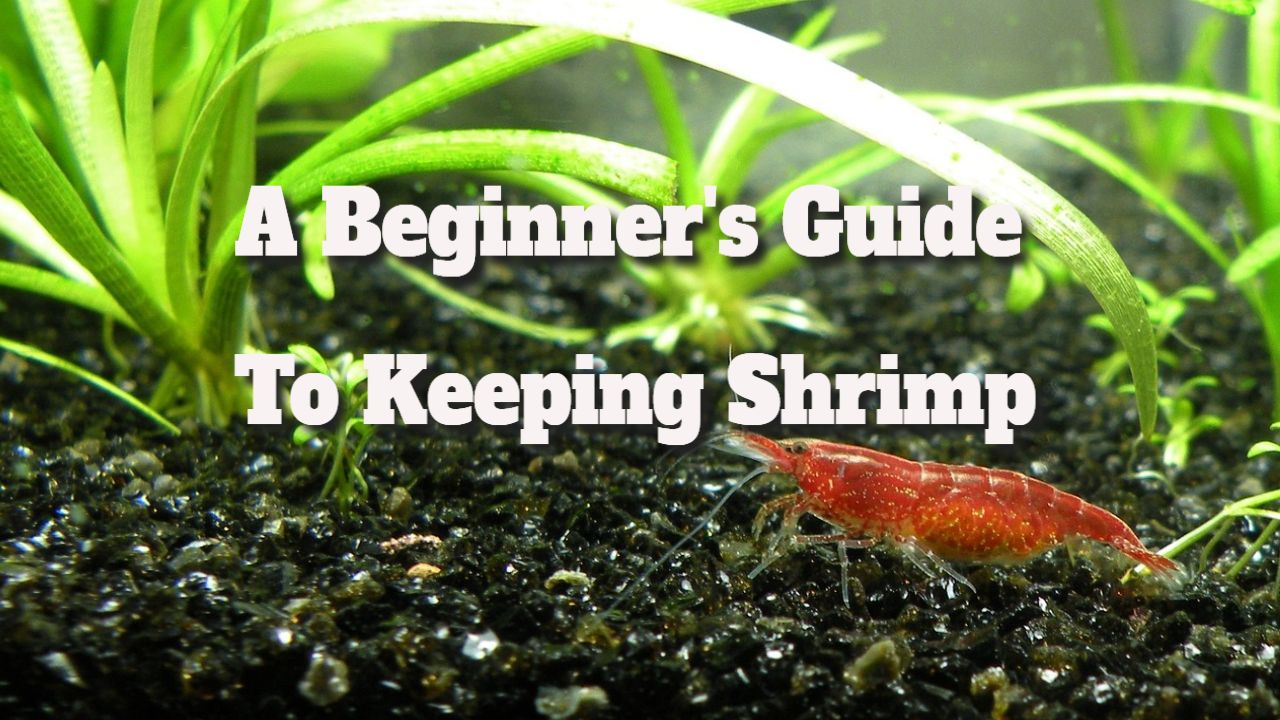How to Care for Siamese Fighting Fish
Contents
How to Care for Siamese Fighting Fish
How to Care for Siamese Fighting Fish: The Siamese fighting fish, often known as the betta, evolved in Thailand’s warm, fresh waters, historically Siam.
Their two familiar names are derived from the male fish’s incompatibility with one another, which results in fights when housed in the same tank, and from the abbreviation of their scientific name, Betta splendens. “Betta” means “warrior,” and the “splendens” half of their name means “shining, illustrious, or glittering” in Latin, referring to the aquarium strains’ bright colours and long, flashy fins.
They are prevalent aquarium fish worldwide and are quickly identified, though non-fishkeepers wrongly refer to them as Japanese fighting fish, which is incorrect.
Natural environment
Betta splendens lives in shallow freshwater marshes in the wild, but it can also be found in artificial ponds and ditches, rice fields, and irrigation canals. Its natural waterways are frequently overtaken with aquatic vegetation, covering up to 100% of the water.
The lush foliage separates the males so they cannot see each other. A particular breathing mechanism known as the labyrinth organ allows them to breathe atmospheric air through the water’s surface when the waters they swim in are stagnant and devoid of oxygen. This provides them with an evolutionary advantage since it allows them to feed and reproduce in areas other fish families cannot.
Before you go out and buy fish,
Even though they are widely available, several key aspects to consider before purchasing a Siamese fighting fish. They are not neighbourhood fish. Male fish will attack and even fight to the death if kept in the same aquarium, so they should never be kept together. Male fighting fish may also attack other colourful, long-finned fish, such as male guppies, assuming they are competitor males.
Other fish in the aquarium may be enticed by the large fins of male Siamese Fighters, mistaking them for food.
As a result, the attacker might also become the victim, and socialising male Siamese fighting fish with other fish is tricky.
Female fighting fish have shorter fins, behave better, and socialise with other peaceful community fish.
It is also challenging to socialise males and females since males will want to mate with females, but if the females are not mature, complete with eggs, and ready to spawn, they will chase and harass them.
Putting together a Betta aquarium
On Asian fish farms, all-male Siamese fighting fish are reared in tiny jars or bottles. The jars are not filtered or aerated, and the fish are just fed and have their water changed regularly.
They do not require heating in the hot climates farmed, and water temperatures can surpass 30 degrees Celsius. Some aquarists like to keep their male fighting fish in small, unheated, and unfiltered tanks at home.
However, not everyone agrees with this technique, and the most significant thing for the fish’s wellbeing and environmental enrichment is its thickly planted tropical tank.
It can be tiny, 19 litres or more, and brightly illuminated to encourage plant development. Still, it must have gentle filtration because male fish would weary if they swim against any water stream. Heavy planting can help redirect filter flow away from a small internal filter, or a small air-powered sponge filter and air pump can be used.
Choose a compact heater that can be set to high degrees and keep a thermometer handy to monitor the temperature. 24-28°C is ideal.
Begin at the bottom with a substrate of soft, inert sand or dirt to promote plant development, and then add small pieces of wood and leaves. To colour and soften the water for Siamese fighting fish, breeders utilise Indian sea almond leaves, also known as catappa leaves. They also claim the leaves have antibacterial characteristics and are healthy to the fish’s skin.
Use luxuriant planting and surface greenery to relax and breed the fish. For the best results, use a liquid fertiliser and a CO2 injection.
Feeding
Siamese fighting fish eat water invertebrates and insect larvae in the wild. In captivity, they eat flakes, small floating granules, frozen bloodworms, daphnia, brine shrimp, and mosquito larvae. Because a single fish consumes only a tiny amount of food at a time, avoid overfeeding and eliminate uneaten food that sinks to the bottom.
Breeding
To breed, Siamese fighting fish build bubble nests, floating rafts of sticky bubbles anchored to plants at the surface. They entice the female and cuddle her under the nest, where they lay their eggs before chasing the female away and caring for the eggs.
Bubble nests adapt to the low oxygen levels in their natural waters. Still, another crucial component is the fry’s need for warm, moist air above the nest as they develop their labyrinth organs and take their first breath.
The fry is extremely little and should be given infusoria or special egg layer fry food. Males must be weeded out and separated as the kids mature.





Caring for Siamese fighting fish requires an understanding of their natural habitat and behaviors. Originating from the warm waters of Thailand, these fish thrive in stable conditions that mimic their native environment. When setting up a tank, aim for a temperature between 76°F and 82°F, and ensure that the water is clean and well-filtered.
You seem to know what you are talking about Nicky, maybe you should come and write for us 🙂
I appreciate that, it’s definitely something I’ve thought about. Writing has always been a way for me to connect with ideas and share insights. There’s so much happening in the world right now, especially in areas like mental health and wellness, which are more crucial than ever.
Writing can really serve as a bridge to understanding complex issues, especially when it comes to something as layered as mental health and wellness. It’s interesting how sharing personal stories or insights can help others feel less isolated in their experiences. I’ve noticed that many people are eager to talk about their struggles, and having a platform to do so can foster community and support.
You’ve hit the nail on the head about their habitat! It’s fascinating how much these little guys thrive when we can replicate their natural environment. Keeping that water clean and stable is crucial, but it’s also interesting to think about their social behaviors. While we often think of Siamese fighting fish as loners, they do have some social tendencies, especially if raised together from a young age.
You’ve captured an essential aspect of caring for Siamese fighting fish. Their natural habitat plays such a crucial role in how we should approach their care. For many enthusiasts, replicating the warmth and stability of Southeast Asian waters can make all the difference in ensuring a healthy and vibrant fish.
You bring up an important point about replicating the warmth and stability of Southeast Asian waters for Siamese fighting fish. Their environment plays such a pivotal role in their overall health and behavior. The warm waters they naturally inhabit are not just about temperature; they also factor in parameters like pH, hardness, and the presence of plants and hiding spots, which all contribute to their well-being.
You’ve really pointed out something I’ve found to be quite profound in the realm of fishkeeping. The delicate balance in replicating their natural habitat tends to bring out the best in Siamese fighting fish. It’s fascinating how they thrive in specific conditions and how understanding those can transform their behavior and overall health.
You’ve captured a really important point about fishkeeping. The nuances in creating a natural habitat for Siamese fighting fish can be eye-opening. It’s interesting to think about how small changes, like water temperature or the types of plants and materials we use, can have such a significant impact on their behavior.
You hit the nail on the head with that observation about Southeast Asian waters. It’s like a fancy, tropical spa for our finned friends. Just imagine—one moment, they’re cruising through their warm and cozy little rivers, complete with the right mix of plants and floating leaves, and the next, they’re stuck in a fish bowl that feels like an icebox. Talk about a rude awakening!
You’ve nailed it on the head with the whole Siamese fighting fish scene—those little guys are like the high-maintenance rock stars of the aquarium world. Think of them as aquatic divas; they need their temperature just right, their water pristine, and their living space devoid of any nosy roommates. It’s like they demand a VIP suite to truly shine!
You’ve nailed it with the details about their natural habitat. It’s interesting how those warm waters really shape their behaviors. I’d add that keeping the tank’s water parameters stable isn’t just a luxury for these fish; it’s a must. They can get a bit stressed if there are sudden changes, so regular water testing for pH and ammonia levels is also a good practice.
You’ve hit on an important aspect of care, but there’s more to consider with Siamese fighting fish than just the temperature and cleanliness of the water. While they do thrive in warmer conditions, it’s not only about temperature stability. The quality of water can fluctuate due to factors like pH and ammonia levels, and those can really impact their health. Regular testing and adjustments are essential; you can’t just set it and forget it.
You make a great point about the importance of understanding the natural habitat and behaviors of Siamese fighting fish. It’s fascinating to think about how these fish evolved in their warm, often shallow waters, with all those intricate plants and hiding spots. Setting up a tank that mirrors that environment truly helps bring out their vibrant colors and lively personalities.
You’ve nailed some key points about caring for Siamese fighting fish. Their natural habitat does play a big role in keeping them healthy and happy. One thing I’ve found is the importance of hiding spots and plants in the tank. They often like to retreat and have a bit of privacy, especially when they’re feeling stressed. Adding a few decorations can create a more enriched environment.
You bring up an excellent point about the significance of hiding spots and plants in the tank for Siamese fighting fish. They often need a safe space to retreat to, especially if they’re feeling overwhelmed or stressed—just like how we all appreciate a cozy corner to unwind.
You’ve hit on a key point about creating a suitable environment for Siamese fighting fish. Understanding their origins definitely helps in replicating their habitat. The warm waters of Thailand can be a challenge to mimic, especially if you’re in a cooler climate. Keeping the water stable at 76°F to 82°F is crucial, as even small temperature fluctuations can stress them out.
This post provides a fascinating overview of the Siamese fighting fish, highlighting both its unique characteristics and its natural habitat. As a long-time aquarist, I have always been particularly drawn to bettas, not just for their striking colors and personalities but also for their complex care requirements and behavioral nuances.
I completely understand your appreciation for bettas. Their vibrant colors and strong personalities really do make them stand out. I’ve found that each fish seems to have its own unique quirks, which adds so much depth to the experience of keeping them.
I totally relate to what you’re saying about bettas. It’s fascinating how they can be so expressive in their little worlds. My betta, for example, has this quirky habit of flaring up at his reflection—almost like he’s trying to show off. I’ve also found that their moods can change, too; some days he’s swimming around like he owns the tank, and other days he prefers to just chill in his favorite spot. It really does add a whole new layer to the experience of fishkeeping. Have you noticed any particular quirks in yours that made you chuckle or think?
You’ve highlighted a fantastic aspect of keeping bettas—their distinct personalities. It’s fascinating how even within the same species, you can encounter such varied behaviors and traits. For instance, some bettas are naturally curious and seem to watch you with keen interest, while others might exhibit a more reserved demeanor. This individuality certainly transforms the experience of care into something more intimate, as if you’re building a relationship rather than merely maintaining an aquarium.
You’ve captured a really rich aspect of betta ownership. The wide range of personalities among these fish can genuinely surprise those who take the time to observe them closely. It’s interesting how these varied behaviors add layers to the experience. For example, I’ve noticed that some bettas will follow your hand along the tank, seemingly engaging in a sort of dance. Others might prefer to stay hidden, only venturing out when they feel secure. This variation can make every interaction feel unique.
It’s great to hear you resonate with the unique charm of bettas. Their colors are striking, and you’re right—the way each fish expresses its personality adds so much to the experience of having them in our lives. It’s interesting how their quirks can range from playful to downright quirky. Some bettas have their favorite hiding spots, while others seem to enjoy putting on little shows when it’s feeding time. Observing these behaviors can be oddly captivating.
It’s great to hear you share that sentiment about bettas. You’ve nailed it with the idea of their unique quirks; it’s fascinating how each fish can develop its own personality over time. One thing that makes these little guys so captivating is how they can respond to you, almost like they’re aware of your presence. It’s not just the vibrant colors that draw us in; it’s how they interact with their environment and with us.
You make a really interesting point about the personality of bettas. It’s like every fish has its own little quirks that make it special. I’ve noticed that my betta, for instance, has its own preferences—like a favorite spot in the tank it always swims back to or a certain time of day when it seems more active. It’s kind of amazing to think about how they can become familiar with their surroundings in such a personal way.
I completely agree with you about those unique quirks—every betta has its own little personality, and that’s one of the most rewarding aspects of caring for them. I’ve noticed that some will follow you around the tank while others have their own routines, like building bubble nests or investigating every nook and cranny. It’s almost like having a little roommate who adds their own flavor to the environment.
It’s interesting how much personality bettas can have for such small creatures. I remember my first betta and how he would react whenever I walked by. He’d flare up and almost seem to be “showing off,” which made me laugh. It’s like they have a little bit of a showman in them.
If you appreciate the unique personalities of bettas, you might find that Siamese cats have their own intriguing quirks that make them just as captivating companions.
‘The Siamese Cats Secrets’
https://unitypets.com/the-siamese-cats-secrets/.
It’s great to hear from someone with such a passion for bettas. Their personalities can really shine through, can’t they? I’ve always found it interesting how each fish seems to have its own distinct quirks. Have you noticed any particular behaviors in your bettas that set them apart from one another?
You clearly have a deep appreciation for bettas, which is wonderful to hear. It’s true that their vibrant colors and distinct personalities draw many aquarists in, but as you pointed out, it’s the complexities of their care and behavior that often keep us engaged over the long haul.
Your exploration of the Siamese fighting fish truly captures the essence of this remarkable species and highlights both its beauty and complexity. As an aquarium enthusiast, I find their vibrant colors and graceful movements to be endlessly fascinating. However, your mention of their natural habitat struck a chord with me, particularly regarding how these fish have adapted to survive in such diverse environments.